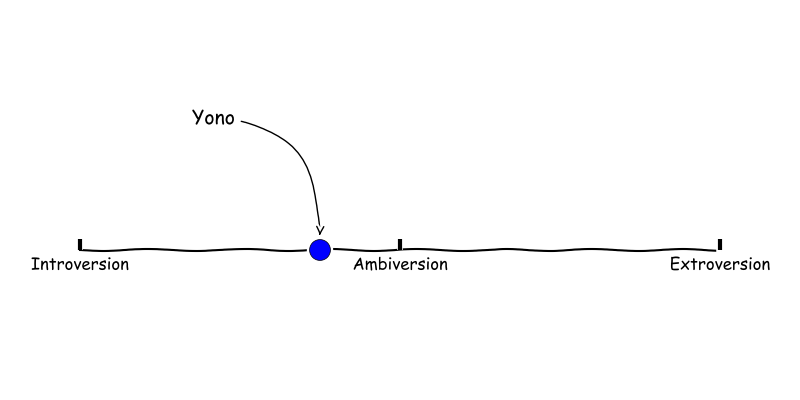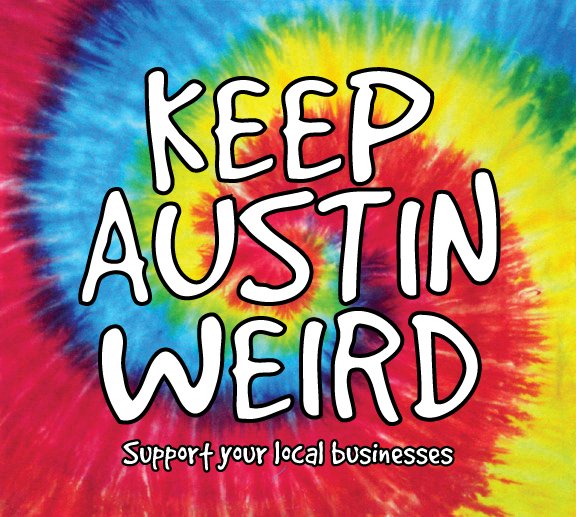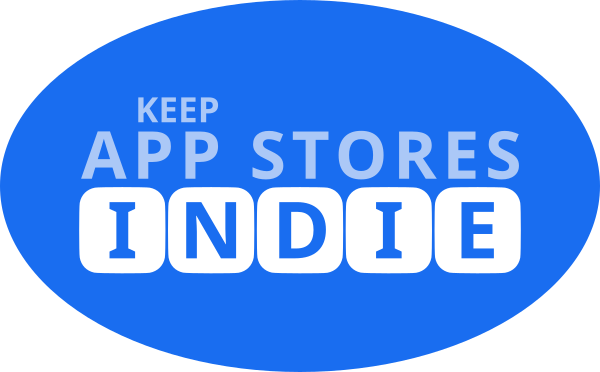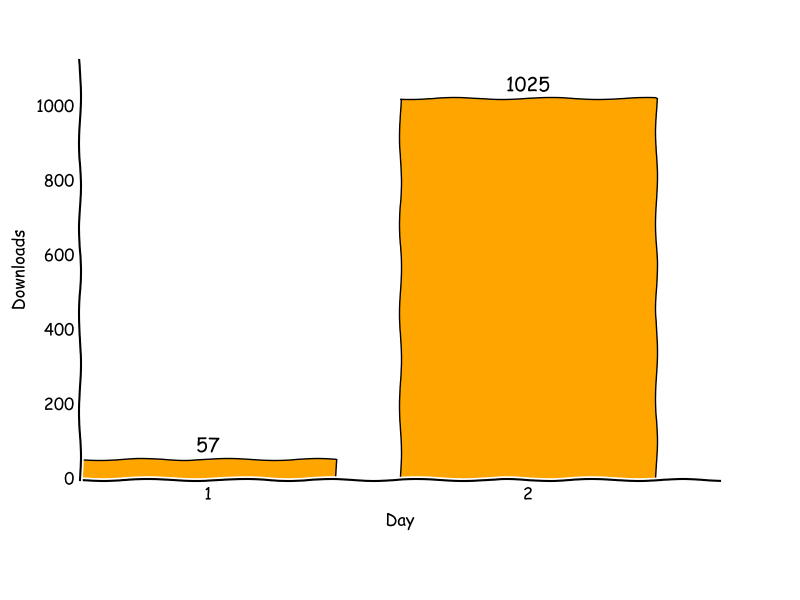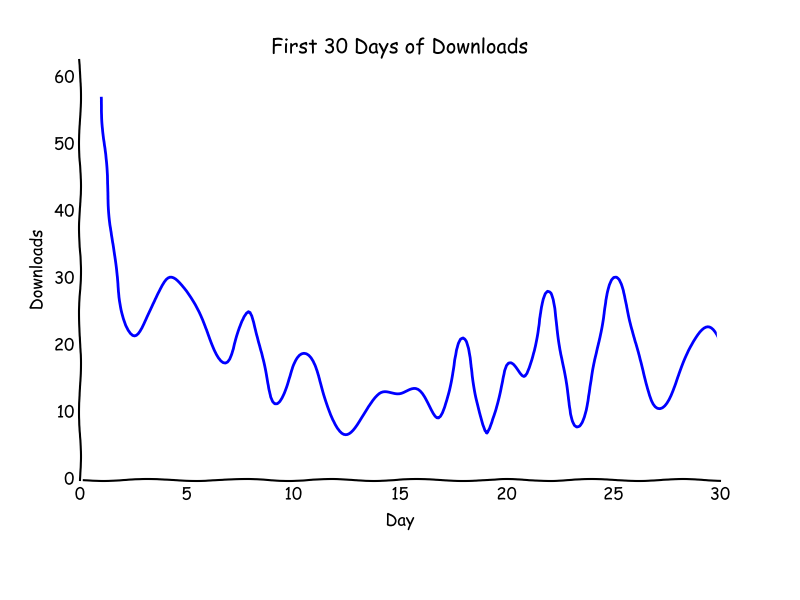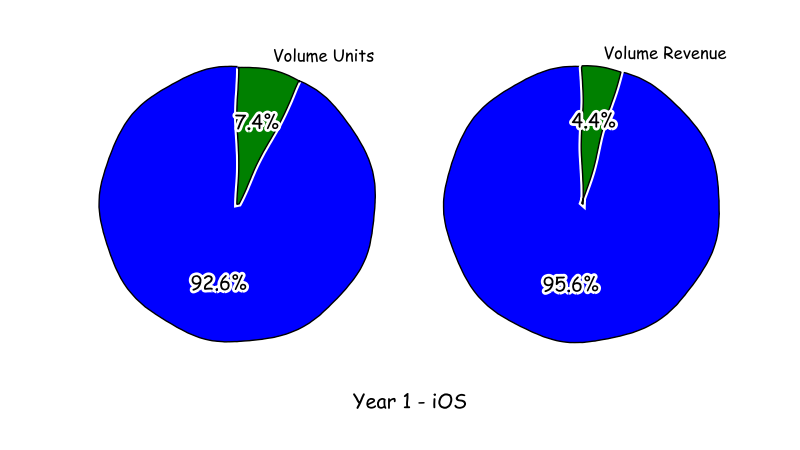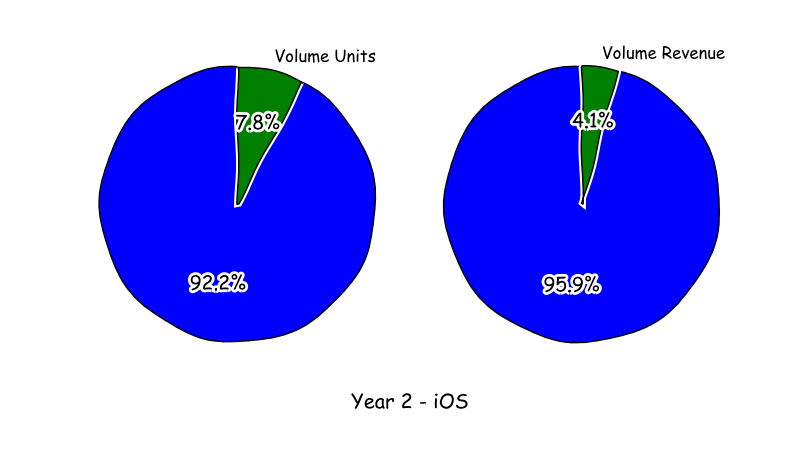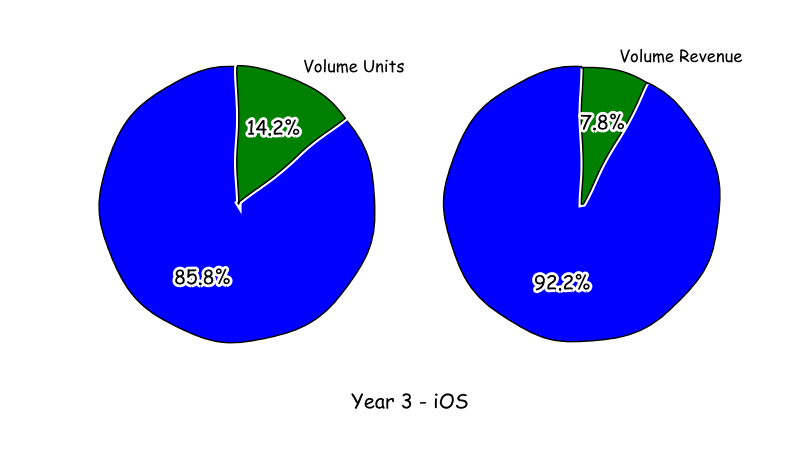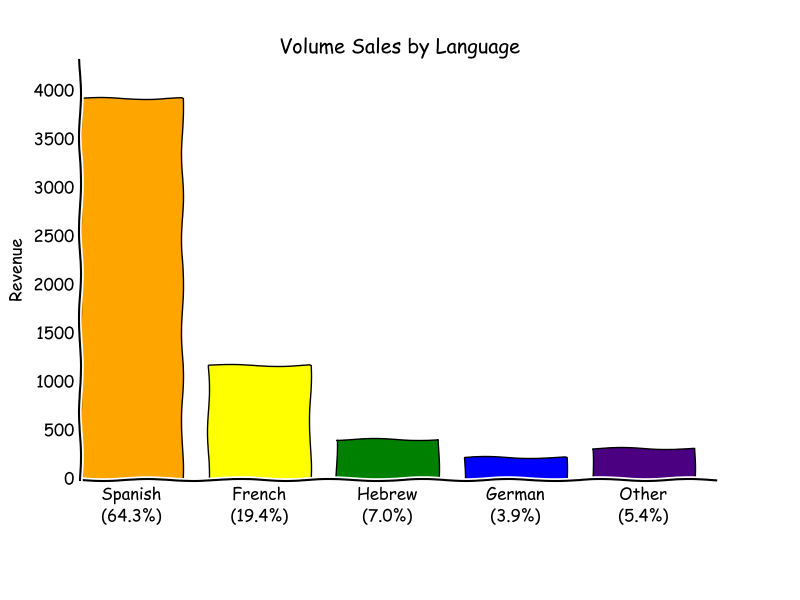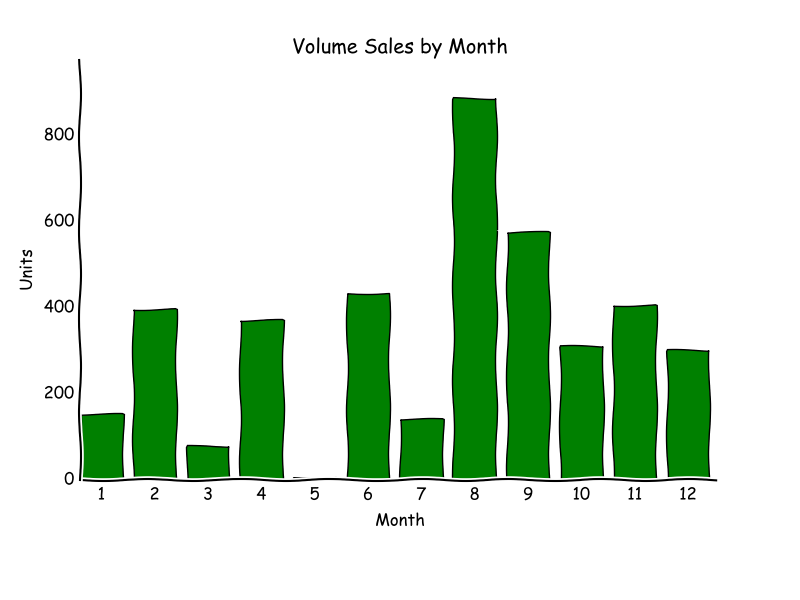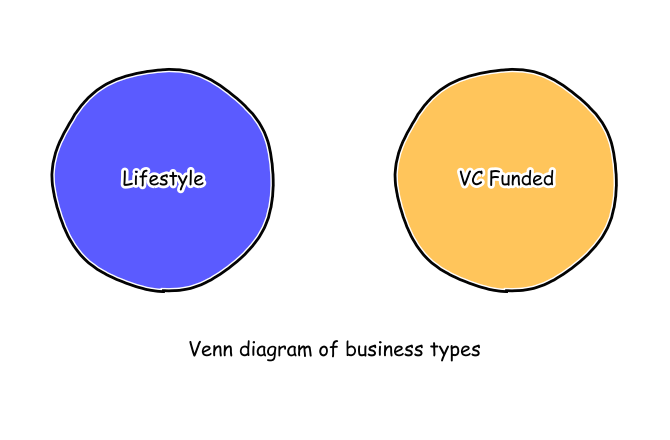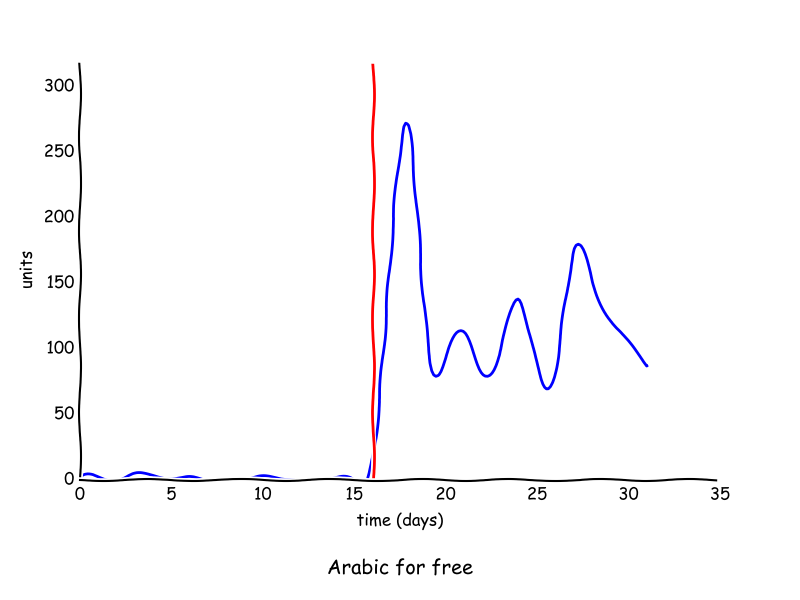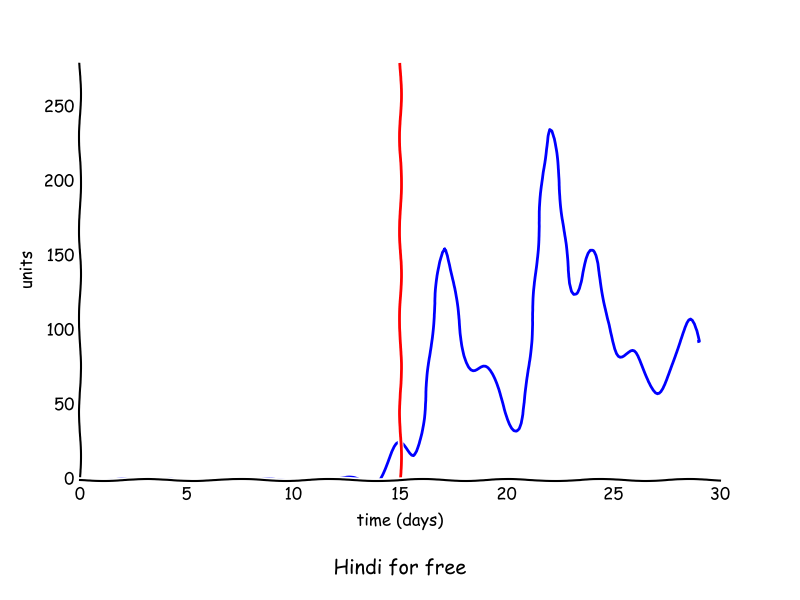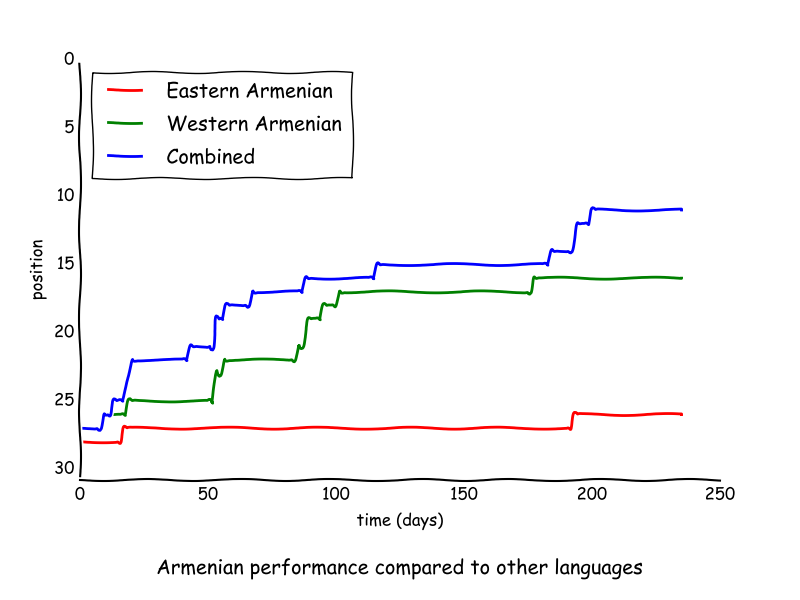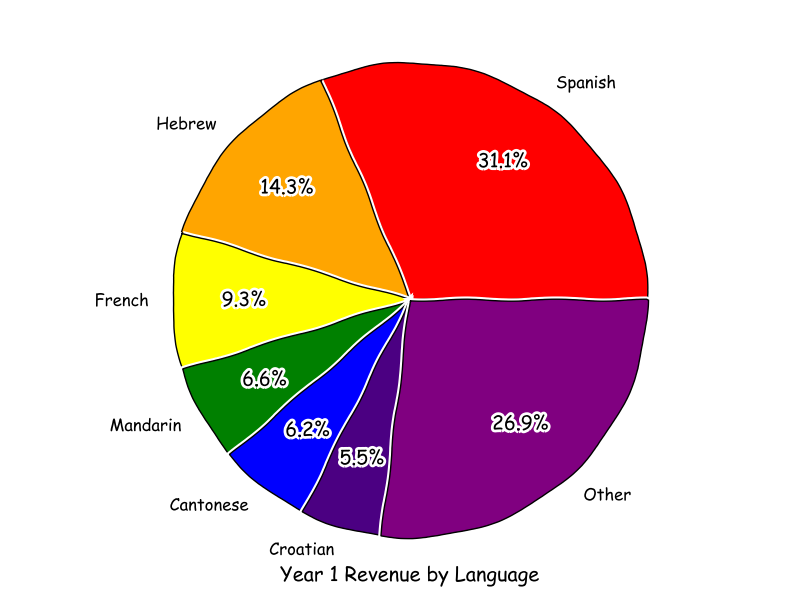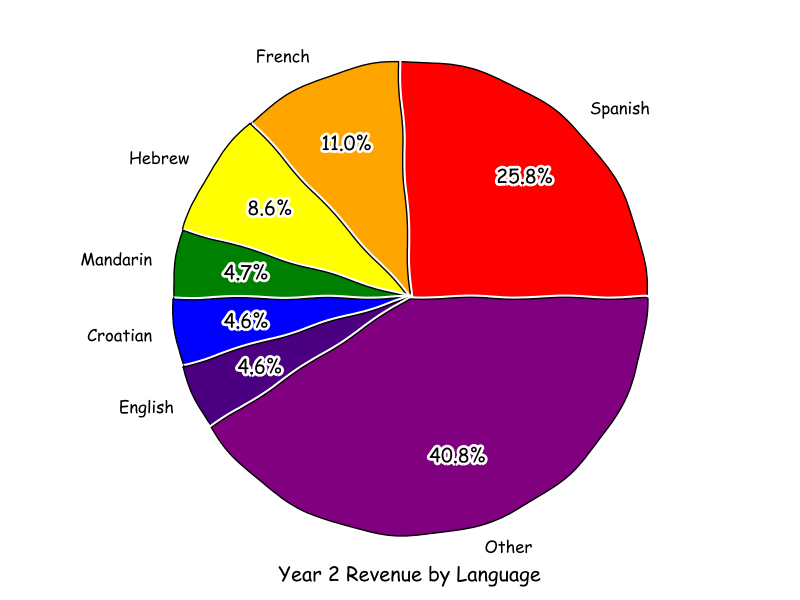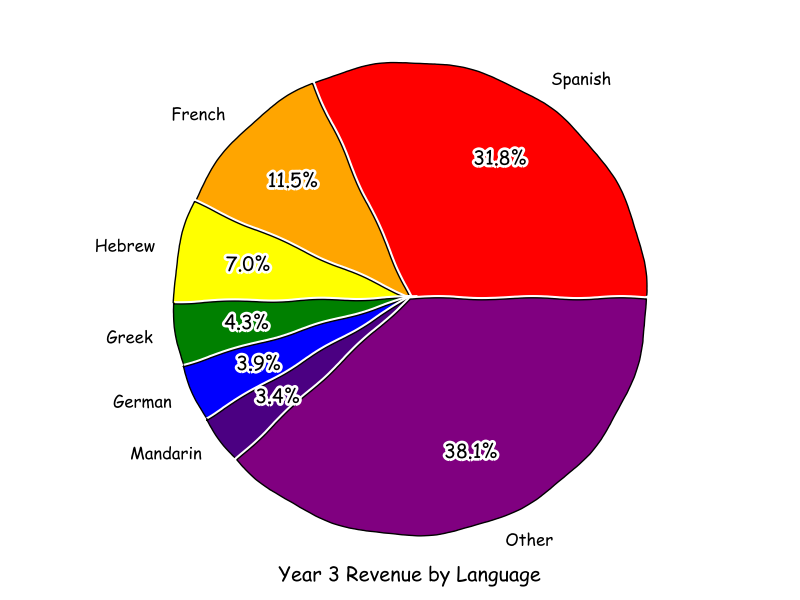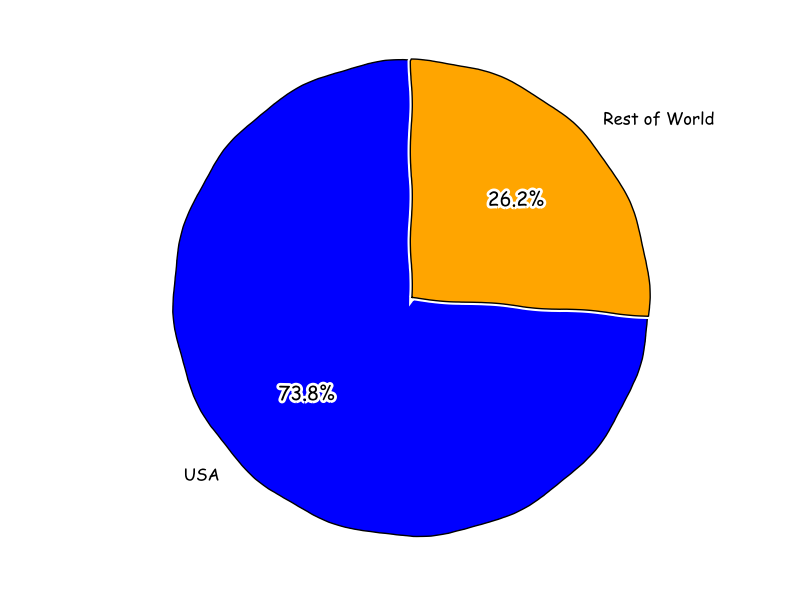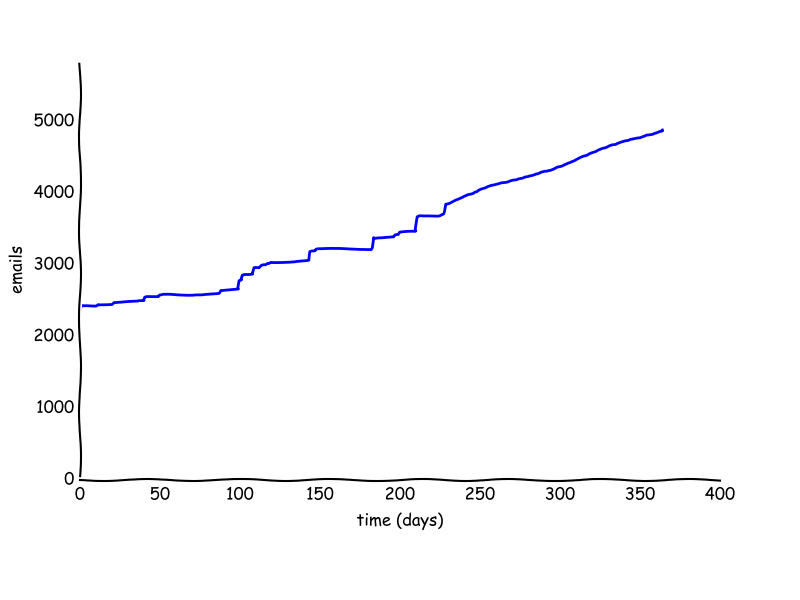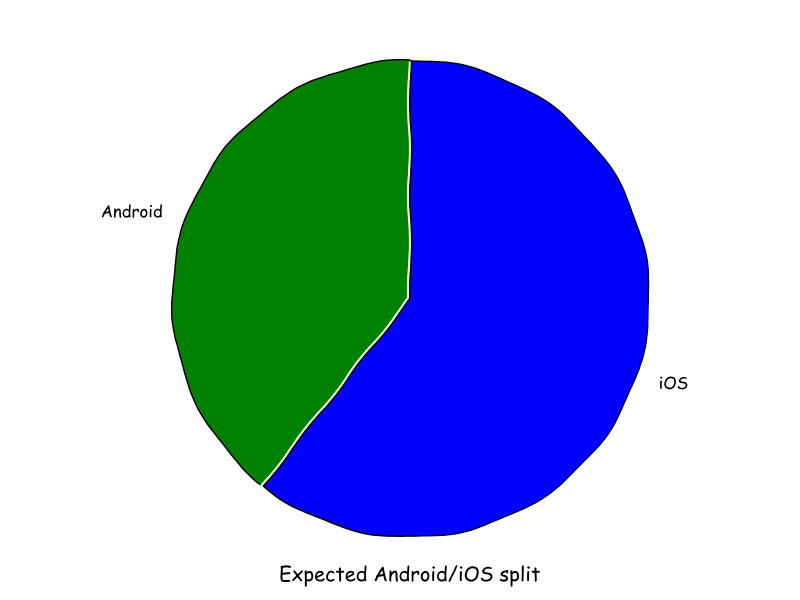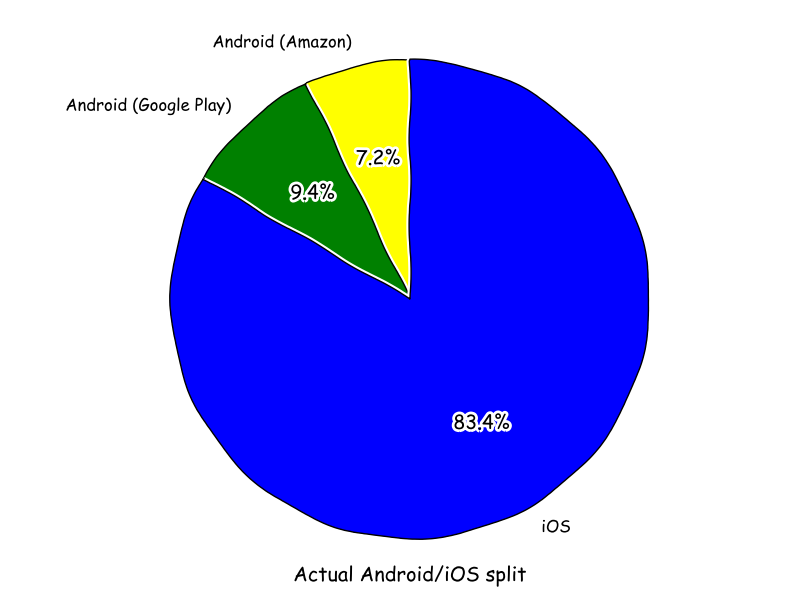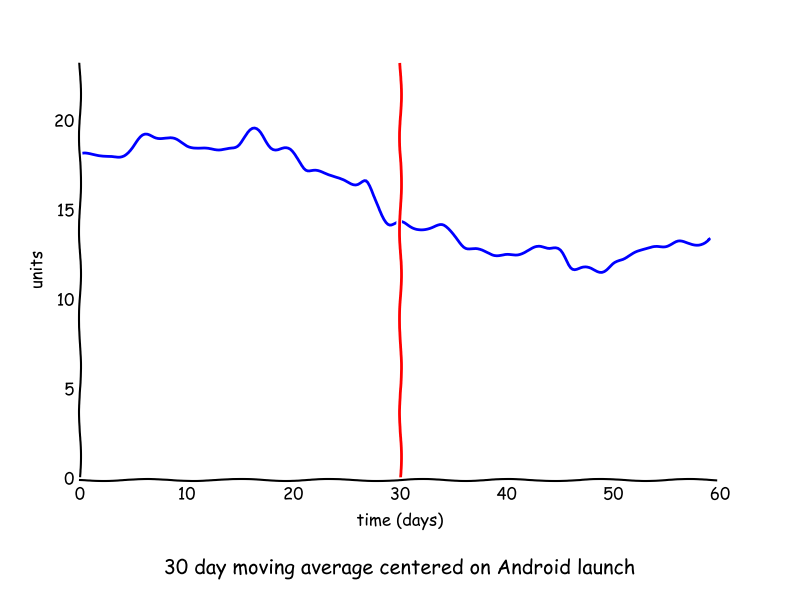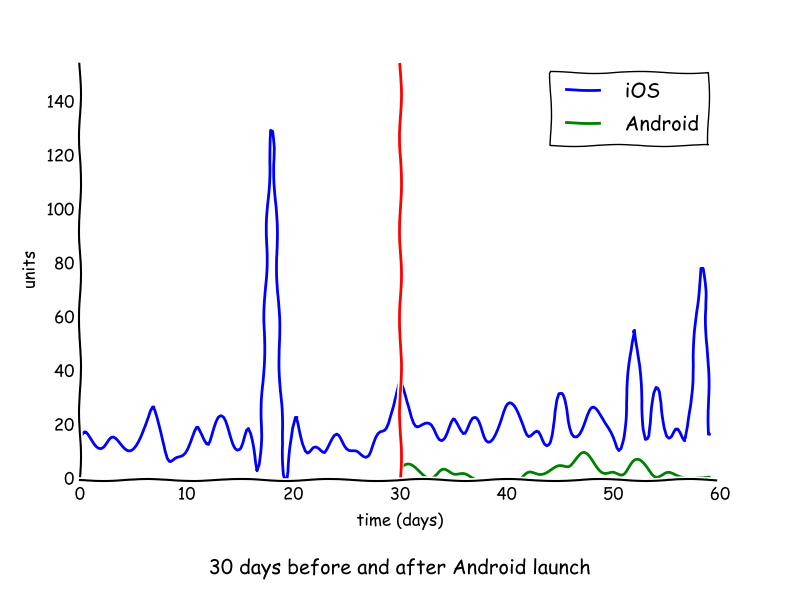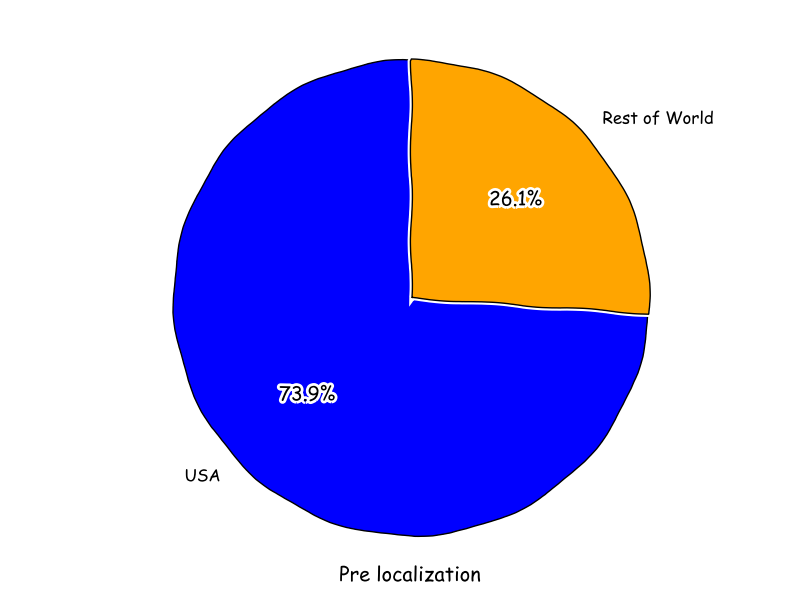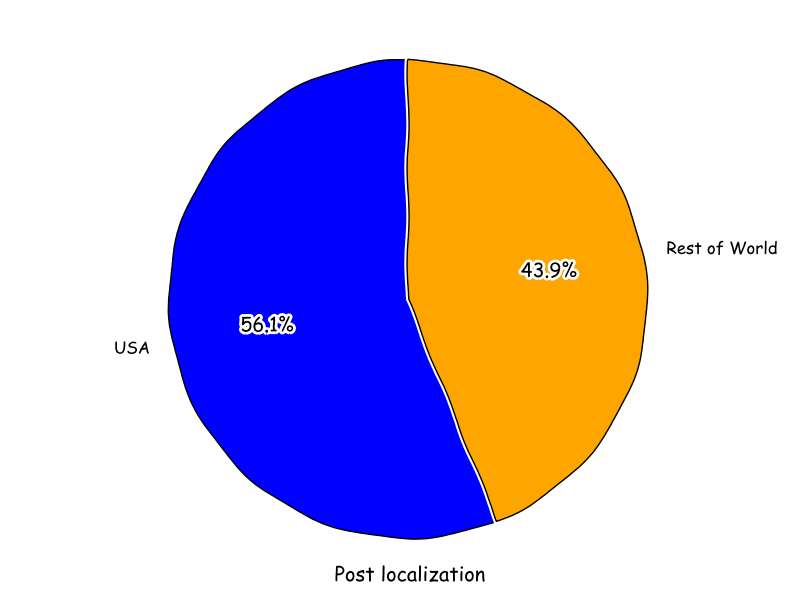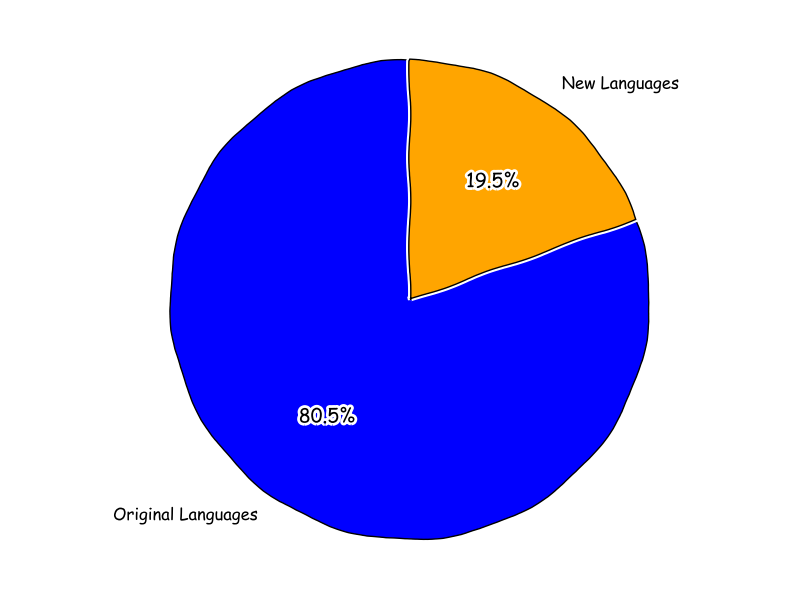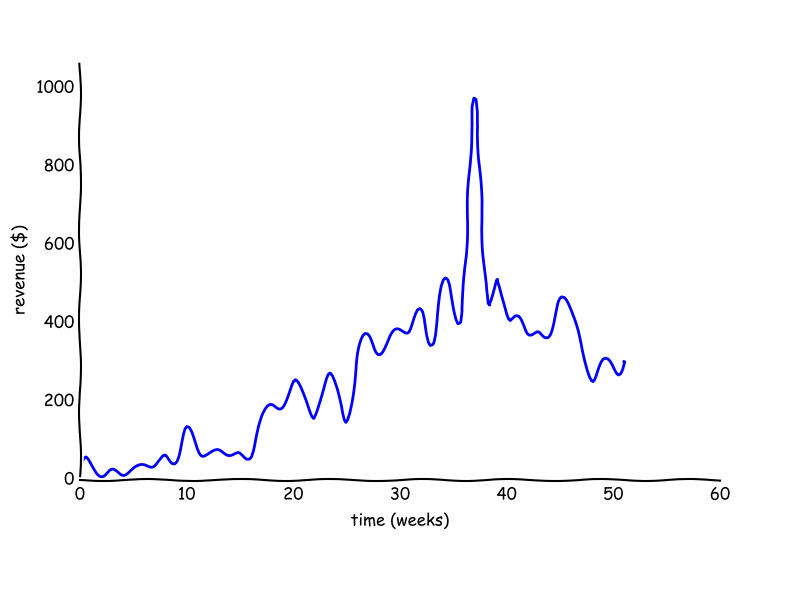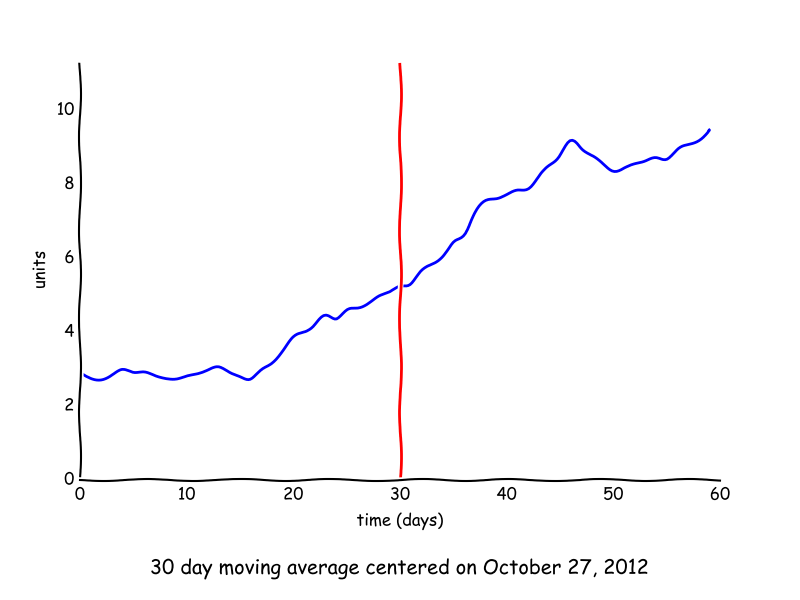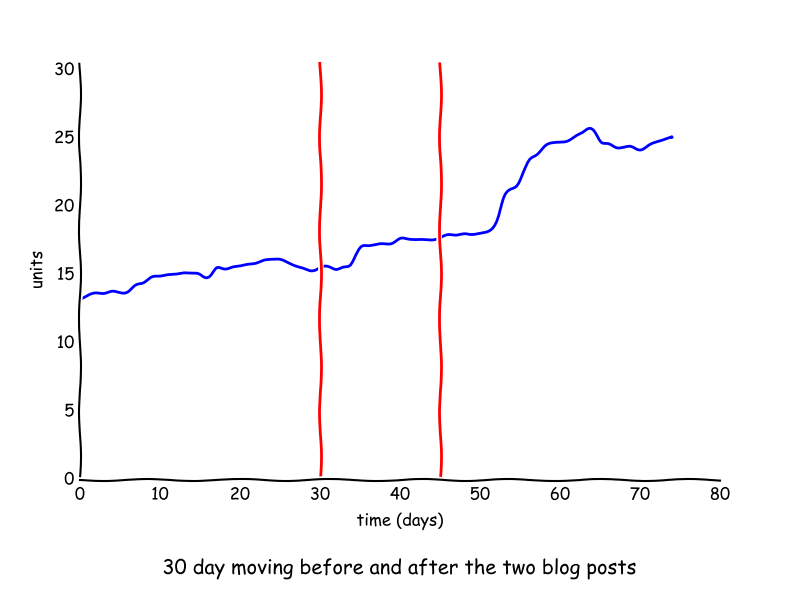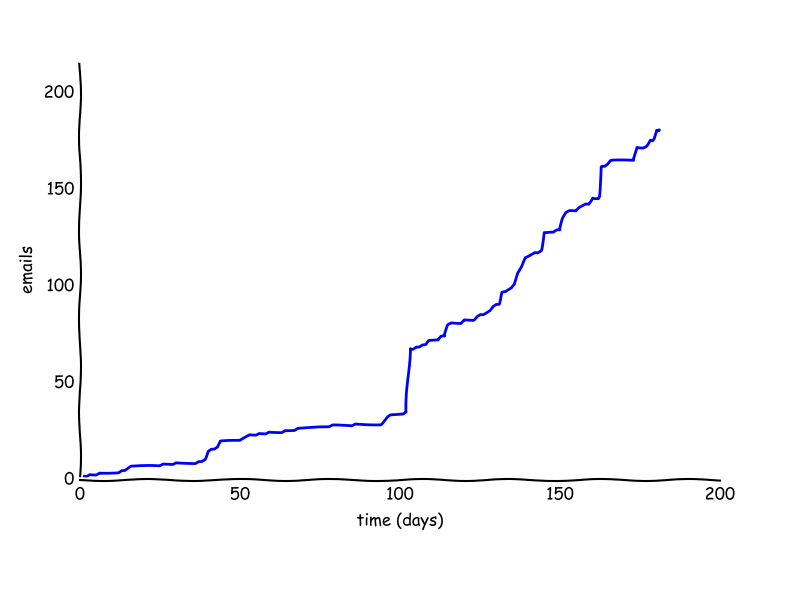How I Motivate Myself
/When I am motived to do something, I do a better job and complete the job more quickly. It feels amazing.
However, motivation is not always a given. It comes in waves. Especially when working on a long term project. Attention span for the project starts to fade and with it, motivation.
That’s when I start procrastinating. Procrastination is the low point of my motivation wave. Sure, I get in some quality YouTube or Twitter time, but that is only fulfilling the first day or so.
I do eventually get out of these procrastination troughs. Sometimes it’s due to a conversation with a friend or due to something I read. Something will suddenly motivate me to output high quality work quickly again.
And so, like a sinusoid, I end up bouncing back and forth between both extremes.
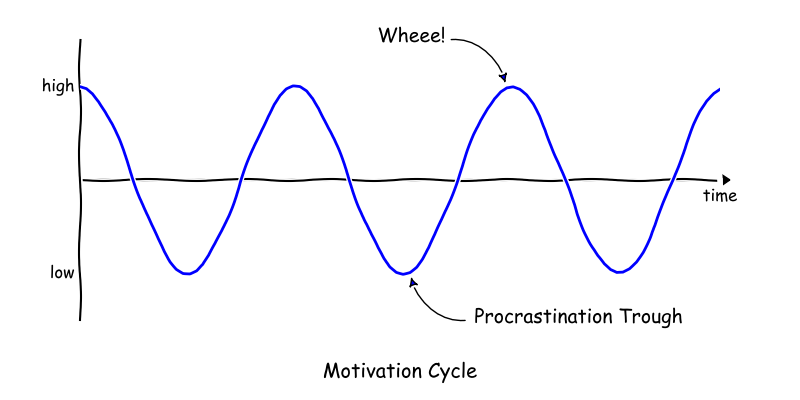
Stories by Gus on the Go has been a long term project for me. As such, motivation has waxed and waned.
For the past nine months, I have been trying to be more conscientious in preventing and getting out of the procrastination troughs. It does not always work as quickly as I would like, but it helps.
Tips
Here are some of the things I do to stay motivated.
To-do list[1]
Hear me out, though.
One of the major problems when I’m unmotivated is indecision. Having a clear actionable list makes it far easier to choose what to needs to be done next.
Instead of putting bigger tasks on my to-do list, I break them up into smaller, manageable items. This allows me to cross them off more quickly, which increases motivation. Things are getting done![2]
For instance, this morning I had the task create beta version of Stories for French on my list. That wasn’t going to work at all. That could take days. The longer it stayed there, the more it would demotivate me. Instead, I split it up.
- Edit audio
- Create icon
- Create database
- Add target to project
- etc…
Each of these tasks could be accomplished without having to span multiple days[3].
Not only does this keep me focused and give me a clear path to accomplish the bigger task, but I was able to cross a few things off in the process. Brain, release the dopamine!
Utilize productive time
I am most productive in the morning. This is when I need to focus on my to-do list. Everything else is a distraction. Email, Twitter, web comics, podcasts, etc. There will be plenty of time for those distractions during my less productive afternoons.
This means, I try to have Twitter and my email client closed in the morning. I also turn off email notifications on my phone for all but the most important people in my life. Otherwise, these notifications would distract me and derail my productivity.
Because I am more productive in the morning, I write my to-do list the night before. I do not want to waste any of my precious, productive time.
Minimize dependencies
There’s some sort of NPM joke here.
When working on a particular task, if I suddenly hit a dependency issue, it’s very easy to throw my hands up in the air and claim I tried. I then get online and start a procrastination cycle. What else could I do? I am waiting for someone else to resolve their issue first.
This actually happened to me today. I was working on editing audio, when suddenly I came across a discrepancy between the script and the recording. My business partner is in charge of both of those, so I could have easily called it a day until she resolved the issue.
Instead, I made sure I had plenty of things on my to-do list that had little or no external dependencies and moved on to one of those.
Set a deadline
Sometimes, I work better under pressure. While watching a TED talk on procrastination, I realized some of my projects have no strict deadlines. There is nothing to jolt me out of my low motivation phases.
In the past, setting deadlines has helped me to stay focused on what absolutely needs to get done. However, this can also cause stress, so use wisely.
Keep the rewards in mind
My wife got a wooden plaque for my office with the phrase, “More ideas than time” on it. She knows I am constantly wanting to start new projects, but I can only handle a few simultaneously.
Last spring, at a meetup, I was introduced to Luba, an entrepreneur coach[4]. Although I was skeptical at first, she convinced me to try a few sessions with her.
One issue I wanted to work on was motivation. At the time, I was at a low point of my motivation cycle.
She did not give me the answers I needed to hear directly. Instead, she asked probing questions that led me to my own realizations and pointed out the ones she felt were interesting and relevant.
I particularly remember one phrase from our sessions.
If I stop procrastinating, I can finish more projects so I can start new ones.
This is exactly the reward I crave by finishing projects.
Simple and although obvious now, coming to this conclusion and saying it aloud energized my motivation.
Learn something new
I love learning new things. Be it science, economics, history, or programming related. In my less productive time, I try to spend an hour learning something new. I read or do a tutorial or a few self paced language lessons.
When working on Gus, I rarely get to use the latest technologies Apple or Google have added to their OSs. Using the time I have blocked out to learn, I still have a chance to play with the shiny new toys.
Often, what I end up learning can be used indirectly to improve my projects. Other times, I may get ideas for new projects… which is another reason to finish my current ones.
Try a change of scenery
When I can, I try working from somewhere other than my desk. I go outside or to a coffee shop or library. This breaks up the monotony and can inspire motivation.
Exercise
Before moving to a small town about six months ago, I had a gym membership I used regularly. I worked out 30 to 45 minutes, two or three days a week. Days when I exercised, I was far more productive and motivated. Despite taking extra time to work out, overall, I would get more done.
Excuses to not go are easy. Even now, after moving, I am finding it hard to get back into the rhythm. And I know what it does for me.
Bonus: Being healthier.
Extra Bonus: Music at gyms is usually terrible, so I take noise canceling earphones and listen to podcasts. Learning while exercising.
None of these ideas are new, but I find revisiting them regularly keeps them fresh in my mind. For some reason, they are easy to forget when you have already started a low motivation cycle.
If you want, follow me on Twitter. I’m @yonomitt.
Have a nice day,
Yono

